Have you ever wondered if your loyal companion would step up to protect you when it truly mattered? The bond between humans and dogs runs deep—so deep, in fact, that many dogs seem to have an almost magical sense for danger or trouble. Some breeds are famous for their protective streak, but even the most playful mutt can surprise you with their bravery. If you’re curious whether your furry friend has that natural guardian spirit, keep reading. You might recognize some of these remarkable signs in your own dog!
Attentive to Unfamiliar Sounds
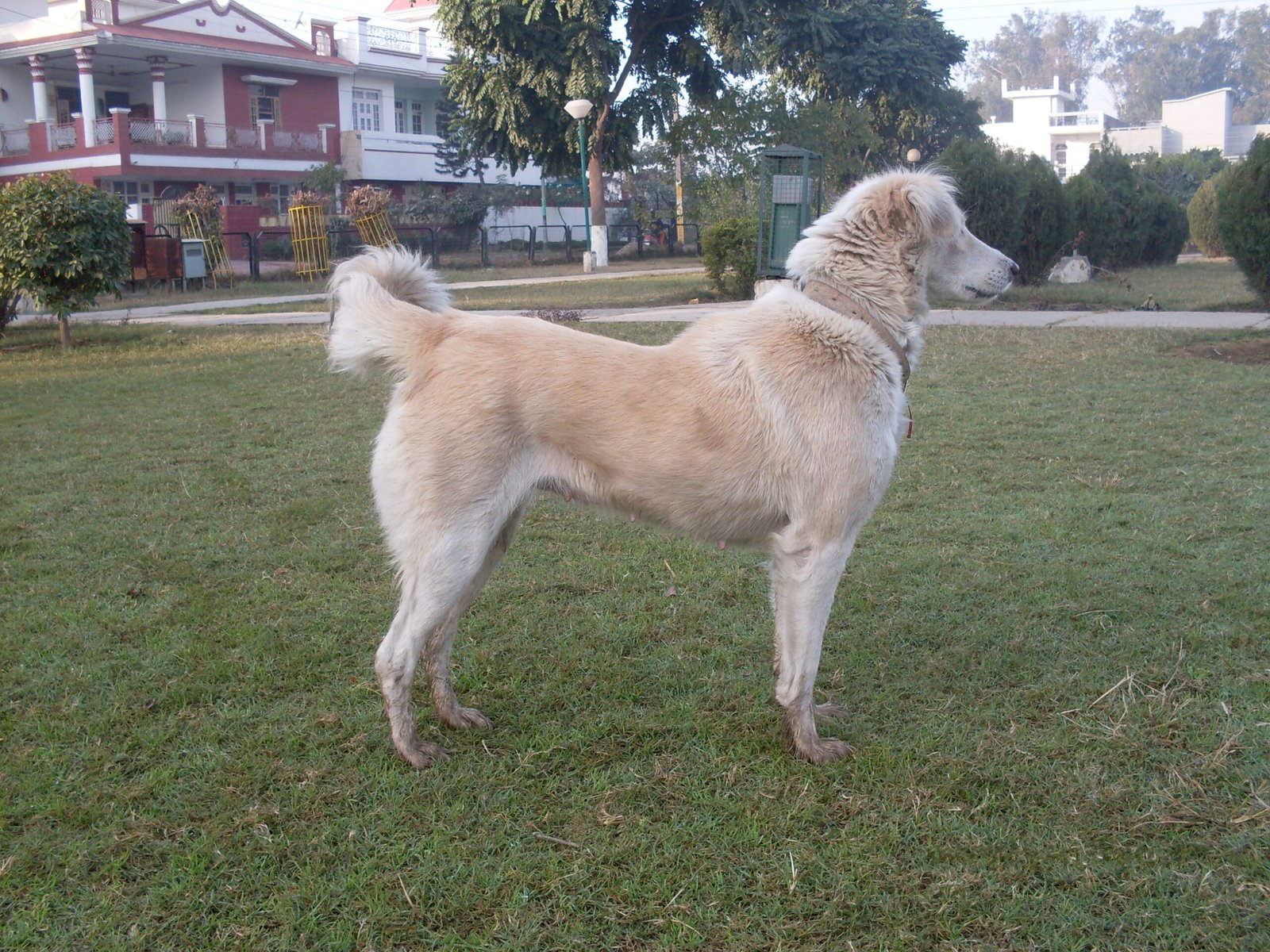
Some dogs are naturally wired to look out for their families, often showing subtle (and not-so-subtle) signs of protectiveness. Whether it’s a quiet watchfulness when strangers approach or a bold stance between you and perceived danger, these instincts run deep in certain breeds. Understanding the signs of natural protective behavior can help you appreciate your dog’s loyalty while guiding their instincts in healthy, manageable ways.
Dogs with strong protective instincts are highly attuned to the environment around them. When your dog perks up at even the faintest noise—a distant car door, footsteps outside the window, or a rustle in the bushes—they’re not just being nosy. Their ears and senses are on high alert, ready to detect anything unusual. This quick reaction is a clear hint that your dog is naturally vigilant. Sometimes, this means barking at harmless sounds, but it also means they won’t miss anything truly suspicious. Such awareness is a cornerstone of a protective nature, ensuring that you have a four-legged alarm system at home.
Places Themselves Between You and Strangers

A dog with innate protective instincts won’t hesitate to physically position themselves between you and someone they perceive as a potential threat. This behavior is often subtle—they might slowly move closer, lean against your legs, or simply sit in front of you when someone unfamiliar approaches. It’s their way of signaling, “I’ve got your back.” Even if your dog isn’t the bravest in the pack, this instinct to shield you is powerful and deeply rooted in their desire to keep you safe.
Intense Focus When Someone Approaches
Have you noticed your dog watching visitors with laser-like attention? Dogs with protective instincts tend to study people who come near, especially if they’re strangers. Their body might stiffen, and their eyes will follow every move. This focus isn’t aggression—it’s discernment. Your dog is sizing up the situation, judging whether the newcomer is friend or foe. Such concentration shows they’re prepared to jump into action if needed, but also that they trust their judgment before making a move.
Alert Barking, Not Just Noisy Barking
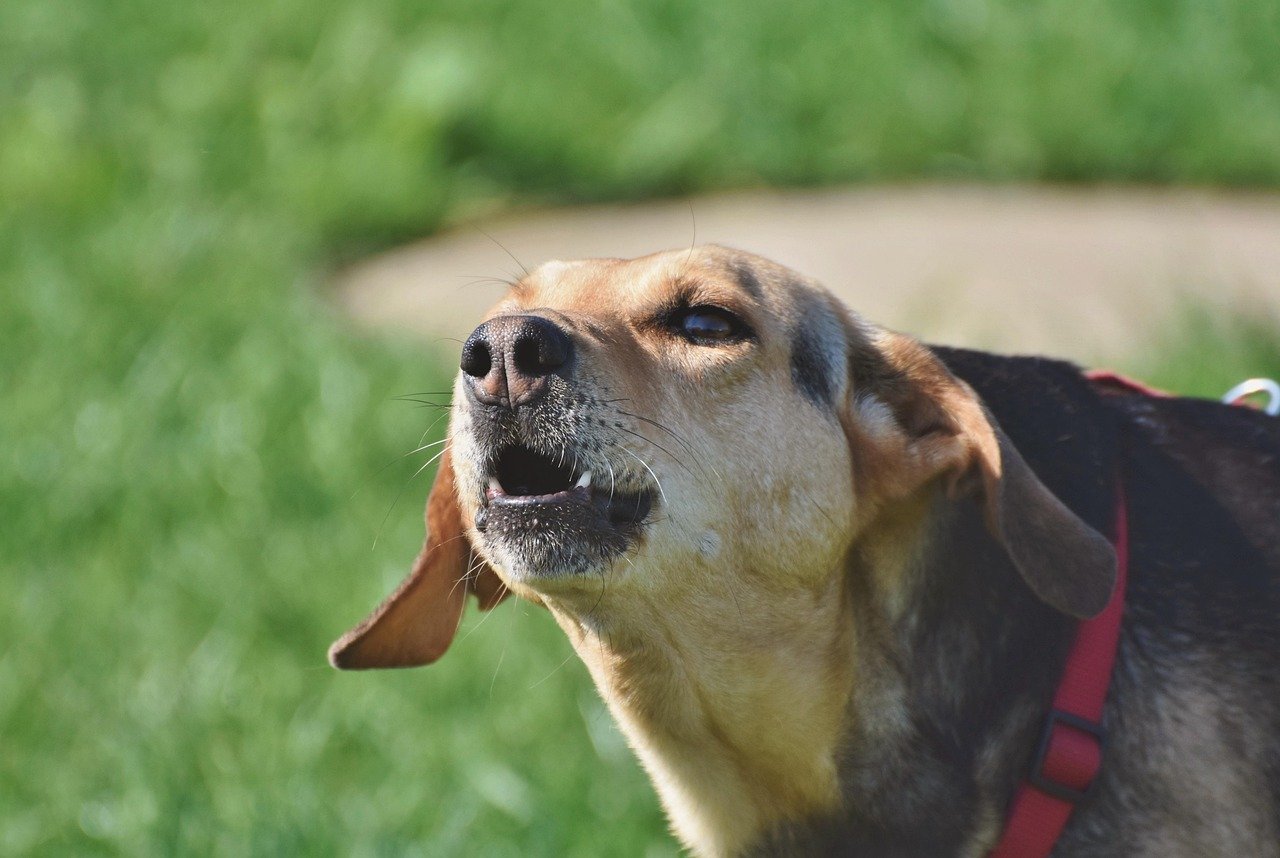
While many dogs bark for a variety of reasons, protective dogs tend to have a distinct “alert” bark. This bark is sharper, more persistent, and often reserved for times when they sense something out of the ordinary. It’s their way of warning both you and the perceived intruder. Unlike the excited bark when they see a squirrel, this bark carries urgency and intent. If your dog’s bark changes in tone and intensity when someone approaches your home, it’s a strong sign they’re watching out for your safety.
Guarding the Home’s Entry Points
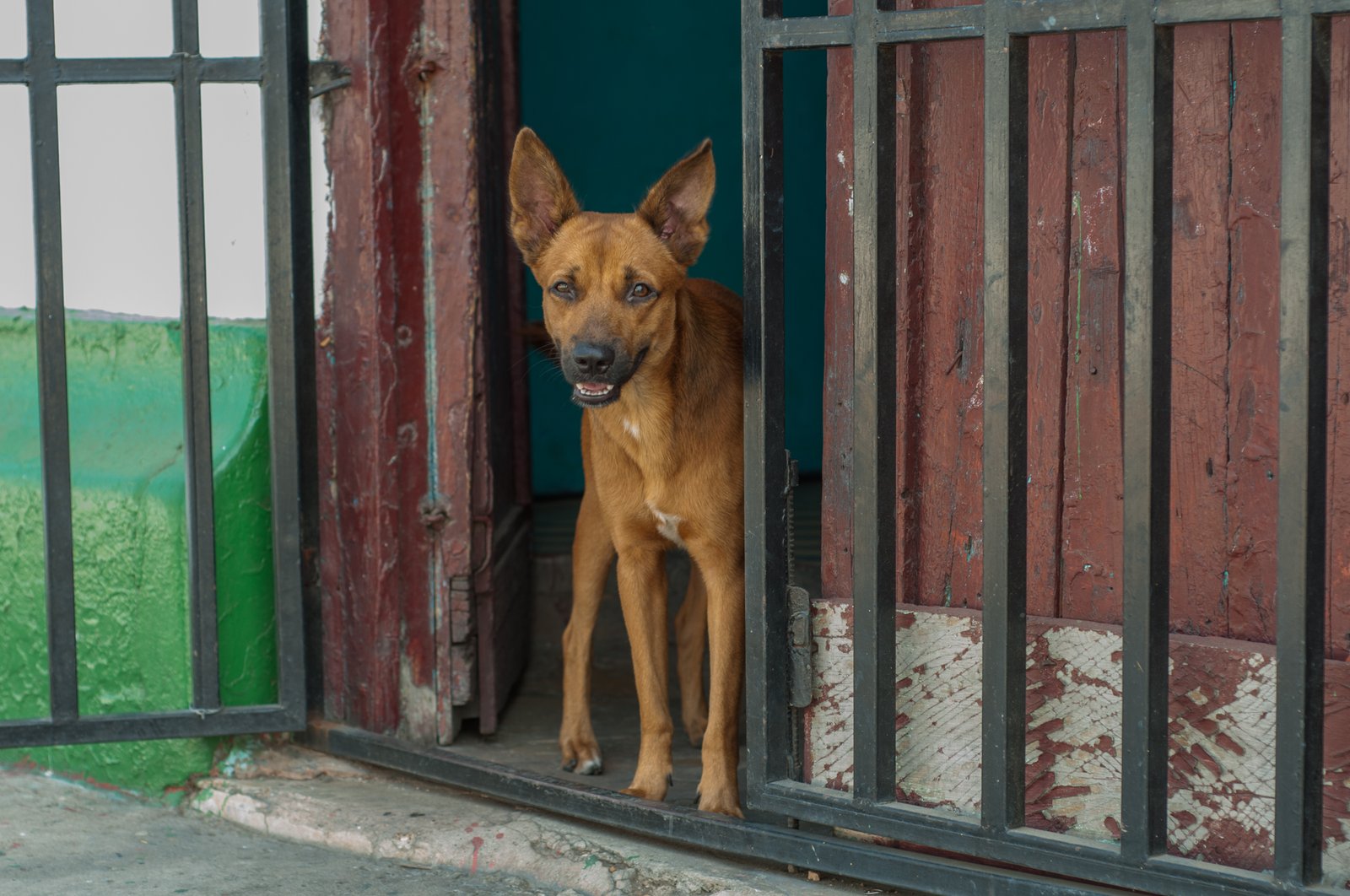
Some dogs naturally gravitate toward doors, windows, or gates—especially when they sense someone is nearby. You might catch your dog sitting by the front door or peering out the window, as if standing on duty. This isn’t just boredom; it’s a manifestation of their protective side. By guarding key entry points, your dog is taking responsibility for the household, keeping a close eye on who comes and goes.
Protective Stance and Body Language
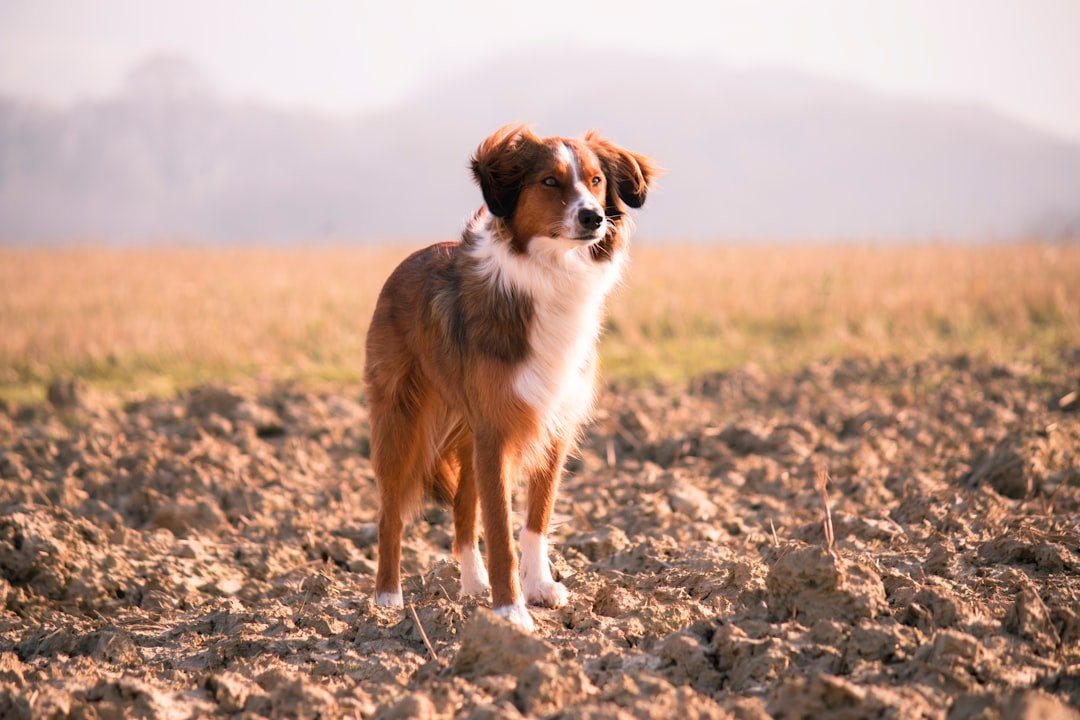
Dogs with natural protective instincts often display distinct body language when they sense potential danger. This can include standing tall, raising their hackles, and positioning themselves solidly on all fours. Their tail might be stiff, and their gaze unwavering. These physical cues are designed to convey strength and confidence—not just to the threat, but to reassure you as well. Such posturing is a clear sign your canine companion is ready to defend if necessary.
Calm Confidence in Unfamiliar Settings
Anxious or fearful dogs may not always make the best protectors. In contrast, those with protective instincts often remain calm and composed even in new or challenging environments. Whether at the park, a friend’s house, or in a crowded place, they keep their cool and stay attentive. Their confidence allows them to assess situations without overreacting, which is vital for true guardianship. If your dog seems unflappable and observant in new places, it’s a sure sign of their protective nature.
Responsive to Your Emotions
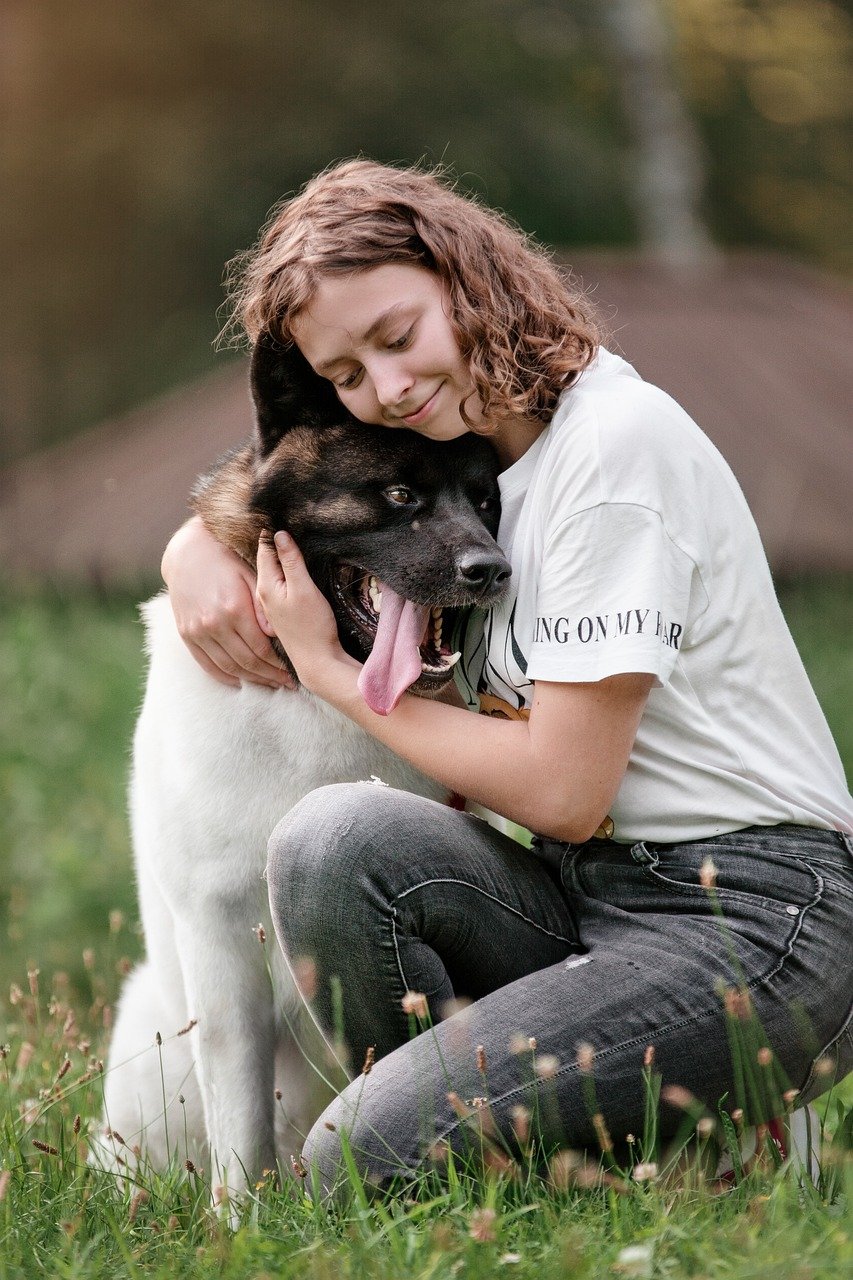
Protective dogs are deeply in tune with their owners’ feelings. If you’re anxious, nervous, or scared, your dog may immediately become more alert and attentive. You might notice them sticking closer to your side, watching your face, or reacting to your tone of voice. This emotional connection enables them to sense when you might need protection or reassurance, making them not just guardians of your safety, but also of your wellbeing.
Low Growling When Threatened
A subtle but unmistakable sign of a protective dog is a low, warning growl when they sense something isn’t right. This growl is very different from playful noises—it’s a serious, guttural sound meant to warn off potential threats. If your dog growls quietly when a stranger gets too close or enters your space uninvited, they’re telling the intruder to back off. This instinctive behavior is a testament to their dedication to your safety.
Reluctance to Leave Your Side
Dogs with strong protective instincts often shadow their owners, especially in unfamiliar or potentially risky situations. They might follow you from room to room, sit at your feet, or even sleep close by. This loyalty isn’t just affection—it’s a watchful presence. By staying near, they’re making sure they can step in if anything goes wrong, offering comfort and protection in equal measure.
Selective Socializing with Strangers
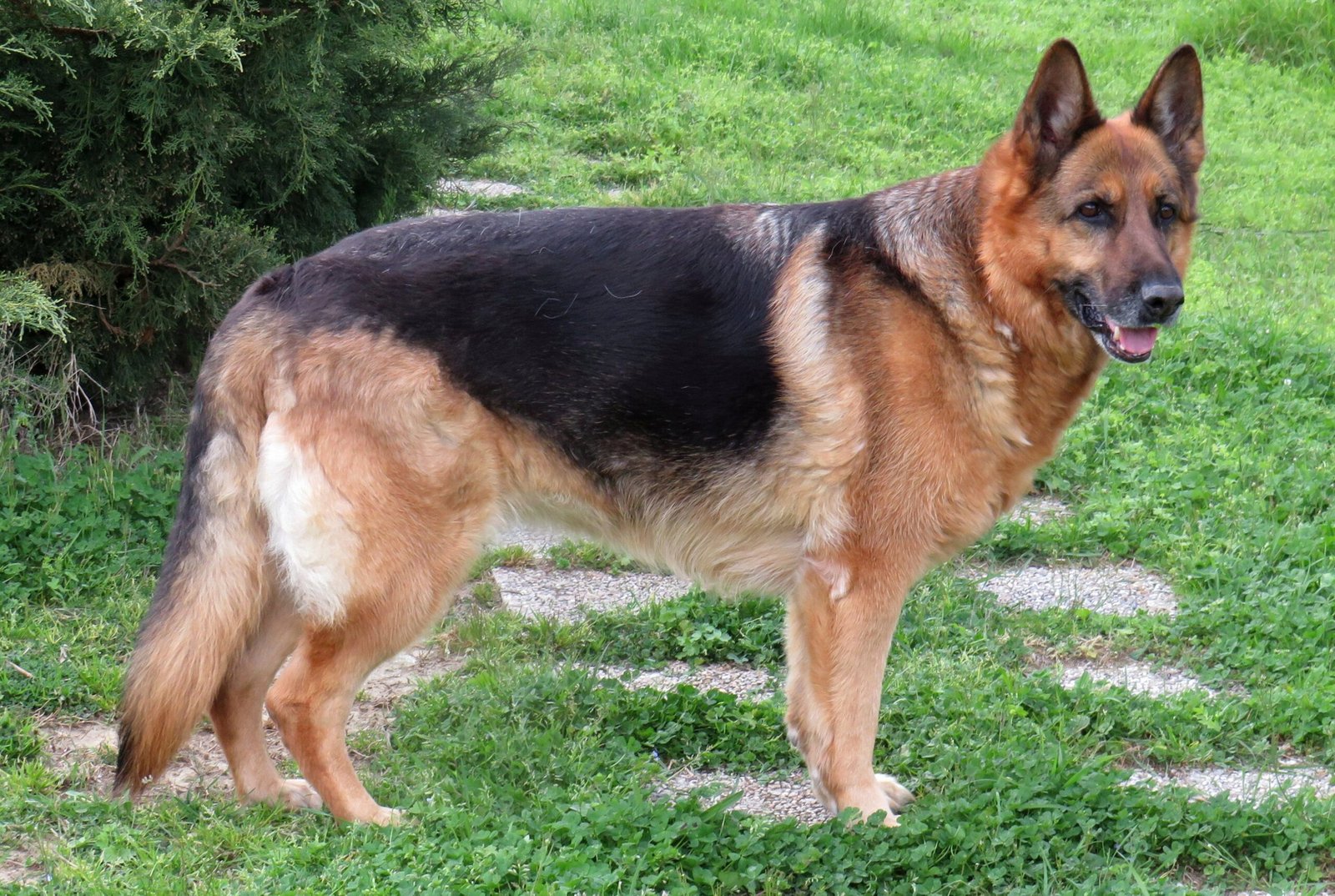
Not every dog is a social butterfly, and those with protective instincts are often more reserved around people they don’t know. They might approach new people slowly, keeping a cautious distance until they’re sure the person poses no threat. This wariness is not a sign of poor temperament, but rather a thoughtful approach to keeping you safe. Once they decide someone is trustworthy, they often warm up quickly, but until then, they remain vigilant and aloof.
Protecting Family Members, Not Just Owners
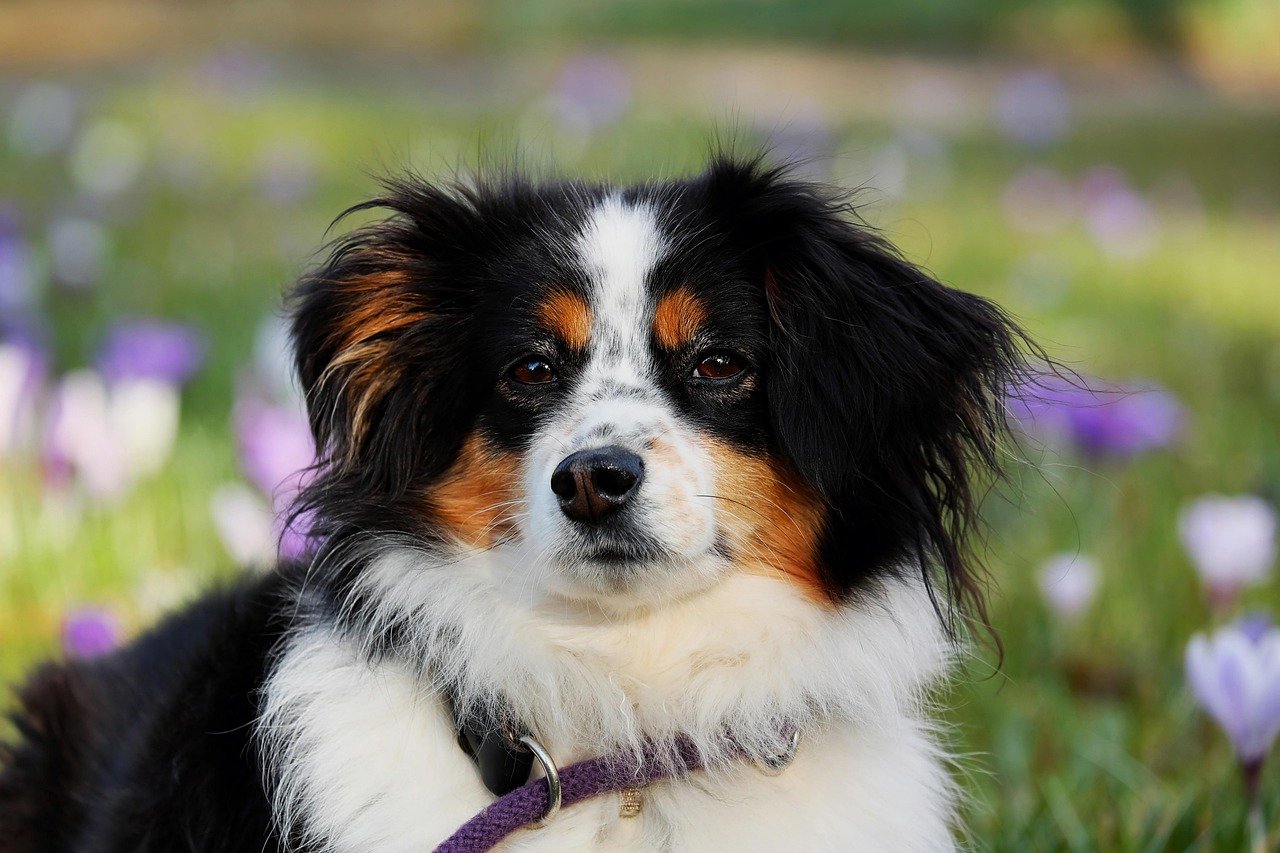
A truly protective dog extends their guardianship to the whole family. Whether it’s children, elderly relatives, or even other pets, a protective dog keeps a watchful eye on everyone. You might notice your dog hovering near kids during playtime, or gently herding family members away from perceived dangers. Their sense of duty covers the entire household, making them an invaluable part of the family team.
Quick Reaction to Unusual Behavior

Dogs with a natural protective instinct are experts at picking up on odd behavior. If someone is acting suspiciously—moving erratically, speaking loudly, or making strange gestures—your dog is likely to react quickly. They might bark, approach the person cautiously, or stick close to you. This rapid response isn’t just coincidence; it’s their way of ensuring nothing goes unnoticed. Their sharp instincts help prevent potential problems before they escalate.
Willingness to Stand Their Ground
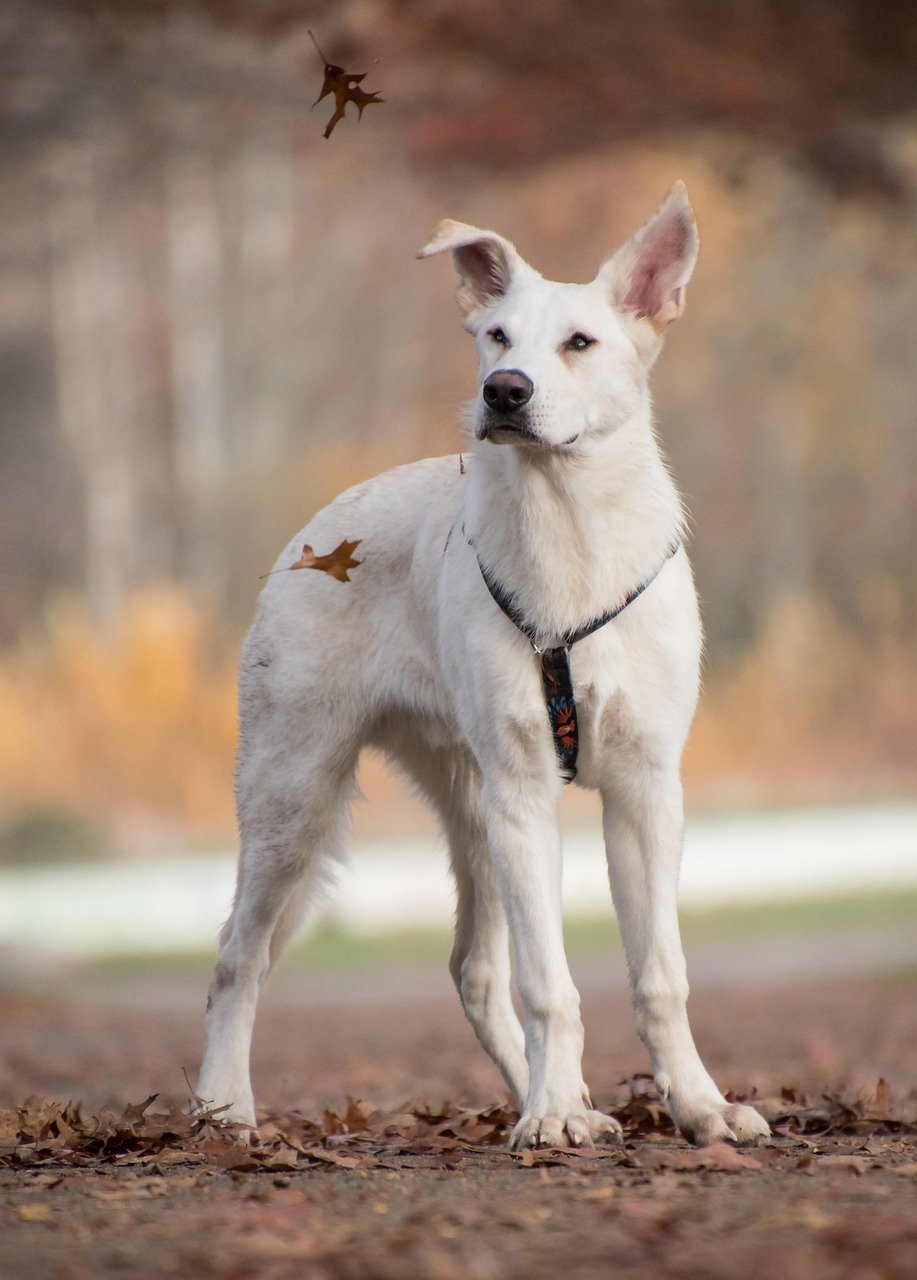
It takes a brave dog to stand firm in the face of something unfamiliar or intimidating. Dogs with protective instincts don’t easily back down when confronted by a perceived threat. Even small breeds can show surprising courage, holding their position and refusing to retreat. This steadfastness is a hallmark of a true protector. They might not always attack, but their determination to hold the line is a powerful deterrent.
Intuitive Sense of Timing

One of the most amazing things about protective dogs is their uncanny sense of timing. They seem to know exactly when to step in—whether it’s barking at a late-night visitor or comforting you during a tense moment. This intuition can feel almost supernatural, but it’s really the product of deep loyalty and sharp perception. Protective dogs act at just the right moment, offering support and reassurance when you need it most.
Recognizing the signs of your dog’s natural protective instincts isn’t just about appreciating their loyalty—it’s also about understanding how to responsibly nurture and guide those behaviors. From alert stares to strategic positioning, these subtle (and sometimes obvious) cues show how deeply your dog cares about your safety. When handled with positive reinforcement and clear boundaries, these instincts can become a valuable asset to your home life. After all, a protective dog isn’t just a companion—they’re a steadfast guardian with a heart full of devotion.

Born and bred in South Africa, a Capetonian at heart. Amy-Leigh’s love for nature and animals was inherited from her Dad. He loves taking the family on road trips to experience nature at its finest; Amy-Leigh’s favourite being whale watching in Hermanus and spotting Kudu along the West Coast. Amy-Leigh holds a BA in English Literature and Communication Studies.





